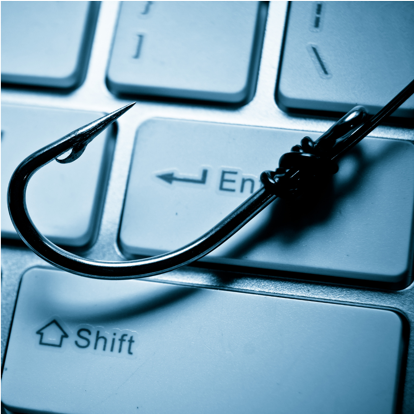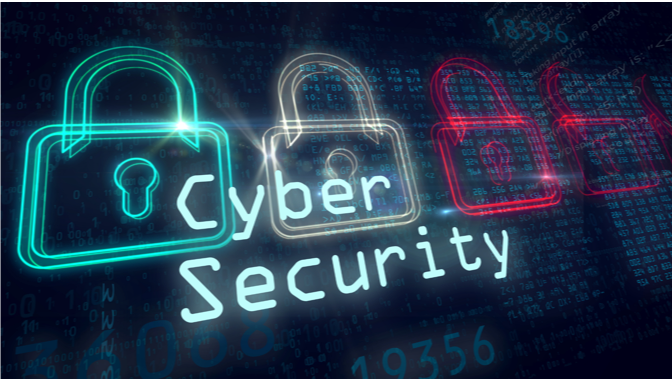The COVID-19 pandemic has completely reshaped how many of us work. While some have returned to the office, many are still working from home—at least part of the time. Remote work seems to be here to stay, so what can you do to make sure you and your employees are safe from potential cyber threats?
1. Password Protect your WiFi
Your home WiFi network should always be password protected. Without a password, anyone can connect their devices to your home network, leaving you and your personal data vulnerable. The back of your router will usually have instructions for setting up a password for your network.
2. Enable Multifactor Authentication
Multifactor authentication, often called two-step verification, is a great way to stay secure. Usernames and passwords can be guessed, so to keep yourself safe, enable multifactor authentication on online accounts like your bank account and social media profiles. Instead of just a password, multifactor authentication will have you complete two actions to verify that it’s actually you attempting to log in. They may send a prompt to your cell phone or email a pin number for you to enter. Whatever method is used for verification, it’s usually simple but makes a big difference in keeping you secure.
3. Update your software
We’re all guilty of snoozing an alert sent to our phone or computer saying there’s an update available. But keeping your software up to date is critical in staying secure. Software updates contain more than just aesthetic upgrades and new features. They patch security flaws or holes that can leave your data vulnerable to hackers. By keeping your software up to date, you’re ensuring that your data is secure.
4. Stay alert for SMS and voice phishing
SMS and voice phishing scams are similar to email phishing. Scammers will text or call you with the goal of getting your personal information, like a social security number or credit card, or they’ll send you a link that installs malware on your device when you click. Avoid falling for these types of scams by staying alert. Don’t give out personal information and only use secure channels to contact a company’s support representatives.

5. Be on the lookout for phishing emails
91% of successful data breaches start with a phishing email. Hackers use phishing emails because they’re effective, so it’s important you understand how to identify a phishing email. When you receive an email, ask yourself a few questions. Am I expecting this email? Do I recognize this email address? When I hover over a link, where does it go? If you’re not 100% confident that the email is legitimate, it’s better to be cautious.
Want to learn more? Join us at our upcoming webinar, Cybersecurity Basics for Remote Work, on October 20th at 11:15 am, led by Connor Swalm, CEO of Phin Security. Register now.
Check out all our cyber webinars happening all month long.




